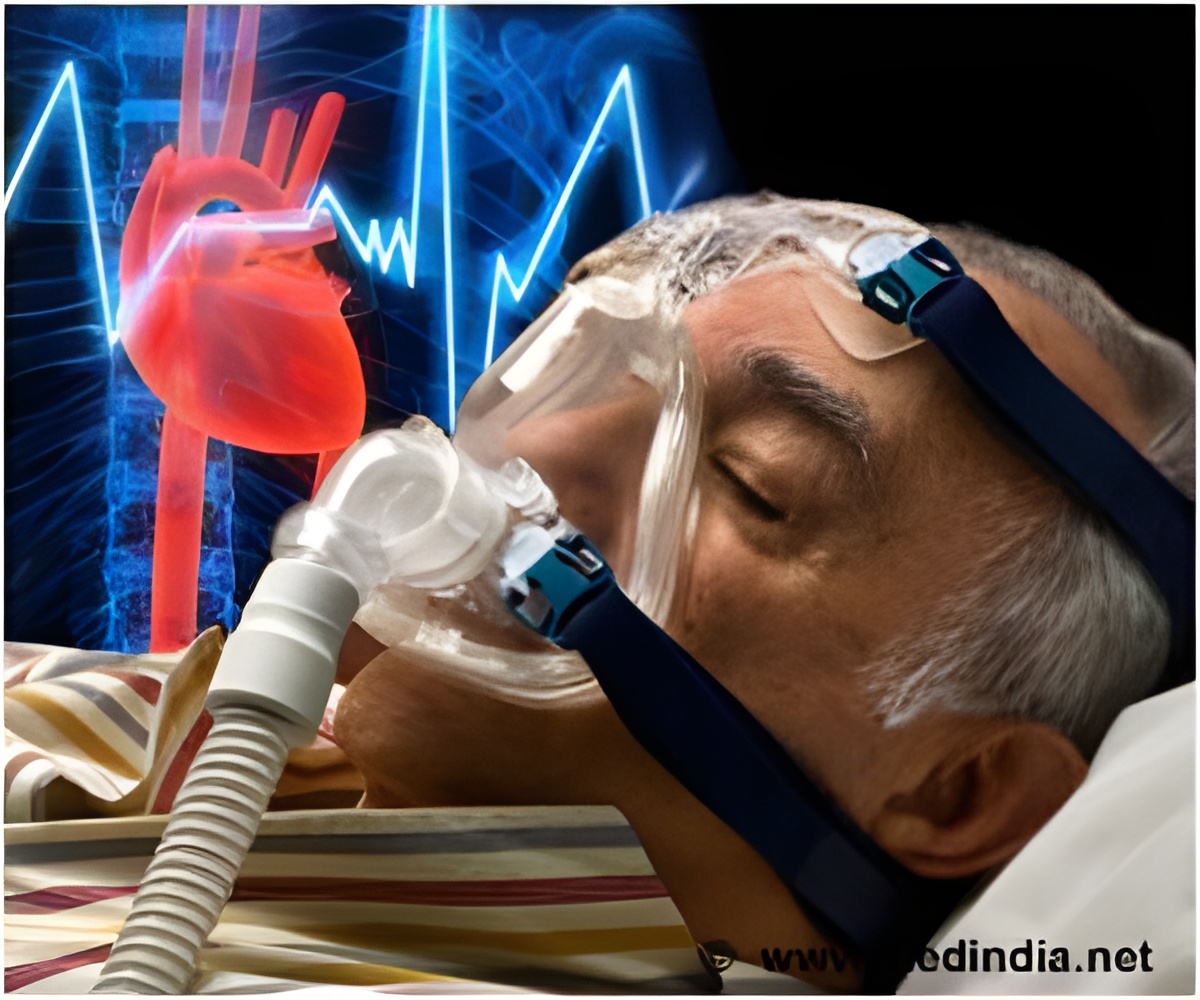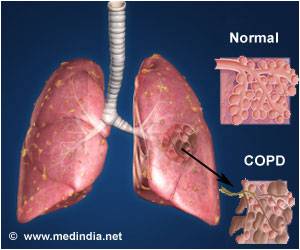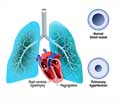Even though pulmonary rehabilitation is well known to reduce hospital visits after COPD, patients rarely go to these rehabilitation centers after hospital discharge.

‘COPD patients have been found to not go to these pulmonary rehabilitation centers, even though if Medicare covers the rehabilitation cost. Most people are not even aware of their existence.’





In "Participation in Pulmonary Rehabilitation Following Hospitalization for COPD among Medicare Beneficiaries," Kerry A. Spitzer, Ph.D., MPA, and co-authors report that in 2012 only 1.9 percent of COPD patients nationally started a pulmonary rehabilitation within six months of being hospitalized for a COPD exacerbation. This despite the fact that two years earlier Medicare's policy changed to provide coverage for pulmonary rehabilitation services, effectively offering pulmonary rehabilitation to millions of U.S. patients for the first time.COPD is a chronic disease, and the fourth leading cause of death in U.S. Pulmonary rehabilitation provides exercise training, self-management advice, nutrition counseling, and emotional support. Despite its proven benefits, an ATS-commissioned survey by Wakefield Research found that 62 percent of people diagnosed with COPD have never heard of pulmonary rehabilitation.
The patient-tailored intervention has been shown to improve physical and psychological well-being and quality of life. Other studies have shown that pulmonary rehabilitation reduces COPD exacerbations that often lead to hospitalization. Clinical guidelines recommend that patients begin pulmonary rehabilitation within three weeks following discharge from the hospital. According to study senior author Peter Lindenauer, MD, MSc, a hospitalist at Baystate Medical Center and director of the Institute for Healthcare Delivery and Population Science at the University of Massachusetts Medical School, there has been growing recognition of the benefits of pulmonary rehabilitation.
As hospitals and health systems, like ours, increase efforts to keep patients with COPD healthy and out of the hospital, we have prioritized enrolling patients into our rehabilitation program prior to hospital discharge," Dr. Lindeauer said. "As a result, we are seeing improvements in readmission rates among patients with COPD."
After reviewing the records of 223,832 patients hospitalized for COPD in 2012, the researchers found:
Advertisement
6,111 (2.7 percent) received pulmonary rehabilitation within one year of being discharged from the hospital.
Whites, males, younger patients and those on home oxygen were more likely to receive pulmonary rehabilitation.
Smokers and those living farther than 10 miles away from a pulmonary rehabilitation program, belonging to lower socioeconomic groups and coping with additional chronic diseases and prior hospitalizations were less likely to receive pulmonary rehabilitation.
Among those who started pulmonary rehabilitation, more than half completed at least 16 sessions. Medicare will typically pay for up to 36 sessions.
Study limitations include the fact that researchers could not determine whether the low rates of pulmonary rehabilitation utilization were due to lack of physician referrals, patients choosing not to attend or a combination of the two factors. Dr. Spitzer, the lead study author and senior clinical research coordinator at Baystate, believes more research is needed to understand why patients are not receiving pulmonary rehabilitation.
Advertisement
Source-Eurekalert















